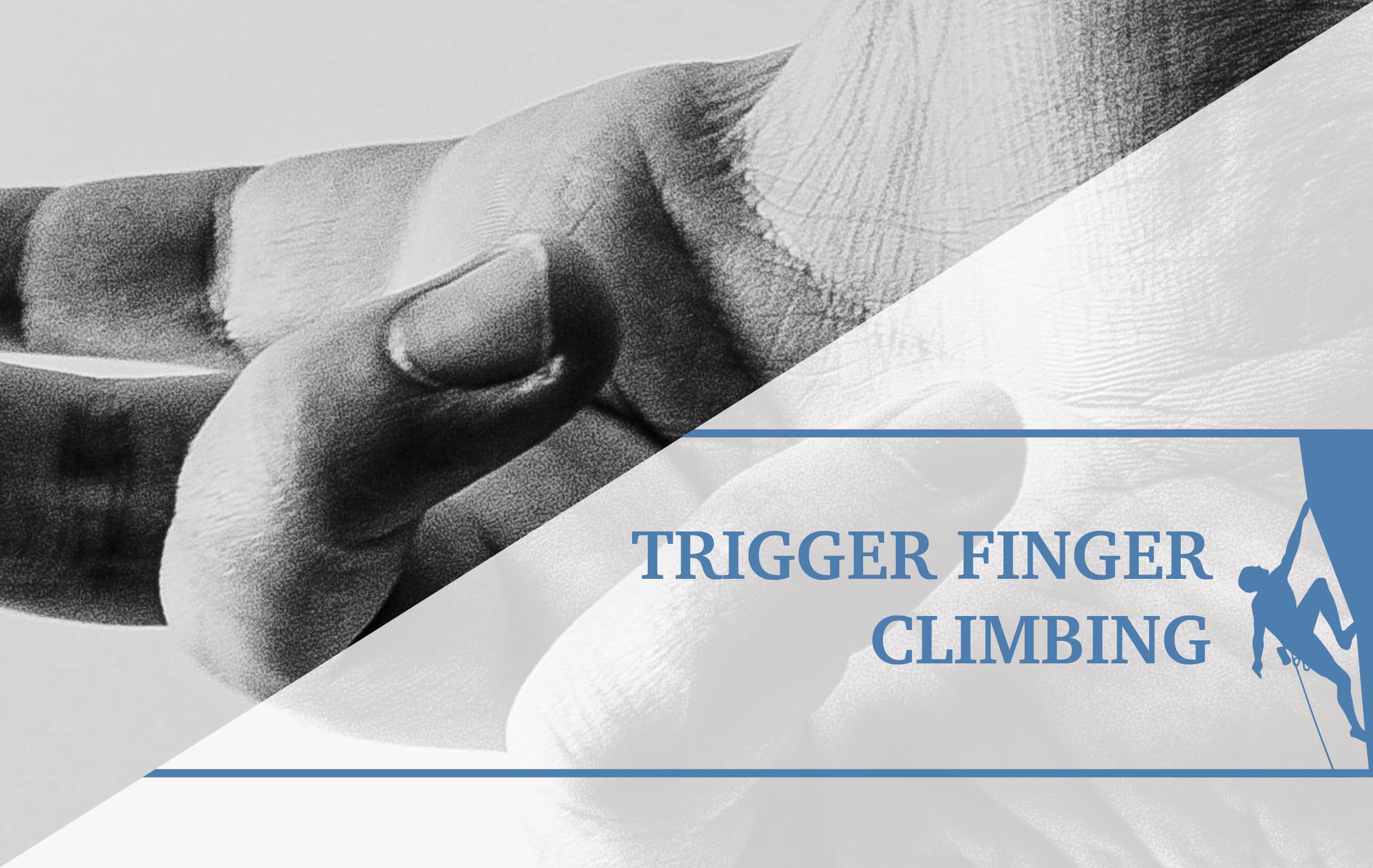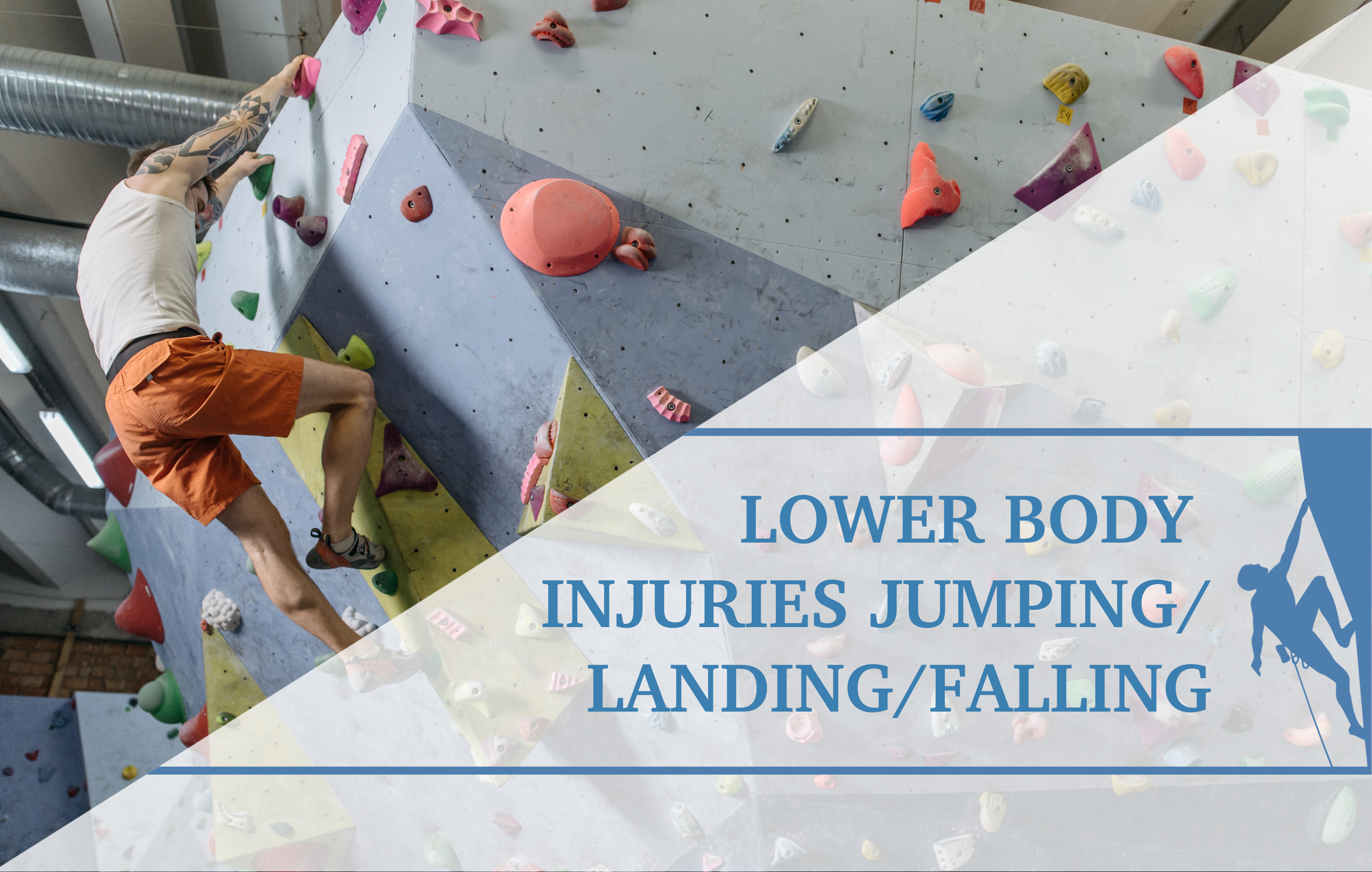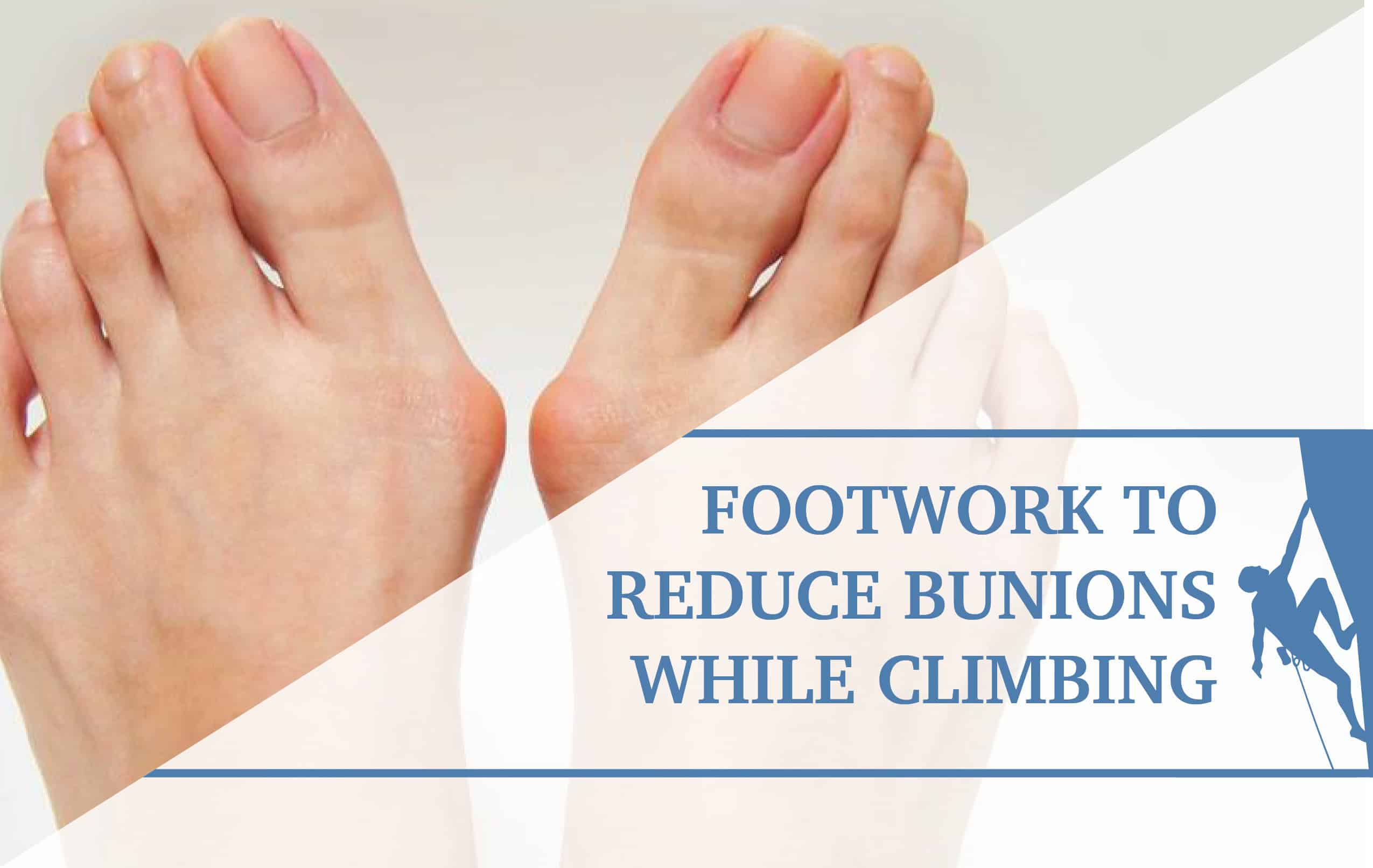The Rise of Therapeutic Climbing: Benefits of Rock Climbing for People with Parkinson’s Disease
Parkinson’s disease is the second most common neurodegenerative disorder in adults following Alzheimer’s disease, affecting nearly one million people in the U.S.1 It is caused by loss of nerve cells that produce the chemical dopamine in an area of the brain called the substantia nigra.1 Individuals often develop symptoms slowly, and the progression and severity can vary widely.1 Research has shown that exercise can have a significant impact on preventing and/or slowing progression of the disease and helping with symptom management, with additional benefits to mental health.2,3 There are many established exercise groups for people with Parkinson’s throughout the U.S., including dance classes, boxing, tai chi, yoga, and more, and rock climbing is beginning to emerge as another activity that has clear benefits for this population.3
Signs and Symptoms
Parkinson’s disease can have both motor and non-motor symptoms, including rigidity (stiffness), resting tremors (shaking), slowed and small amplitude movements, shuffling and decreased arm swing with walking, and balance difficulties.1,4 Some people with Parkinson’s also experience trouble with initiating and switching movements, such as taking a first step or turning while walking.4 Some of the non-motor symptoms include difficulties with attention, decreased volume of speech, sleep problems and fatigue, and lightheadedness when first standing up.1,4 While there is no cure for the disease, there are medications that have significant impacts on management of symptoms, and it has also been shown that physical activity can be greatly beneficial.1,3
Assessment
Parkinson’s disease affects everyone differently, and should be formally diagnosed and managed by a medical doctor. For individuals experiencing movement difficulty due to the disease, it is highly recommended to work with a physical therapist. Many physical therapists specialize in treatment of neurologic disorders, and are able to conduct a thorough examination including areas such as strength, flexibility, endurance, balance, coordination, and attention to movement, to help develop an individualized treatment plan.4 The American College of Sports Medicine recommends that all Americans get at least 150 minutes of physical activity per week, and this includes people with neurodegenerative diseases such as Parkinson’s.5 It is recommended these individuals seek out fitness opportunities such as rock climbing that will not only help with specific disease symptoms, but also provide aerobic benefits of exercise for preventing secondary conditions or fall risk.5
Reasons Therapeutic Climbing Can Help
Improvement in Motor Symptoms
The Unified Parkinson Disease Rating Scale (UPDRS) is a rating tool used to gauge severity and progression of Parkinson’s disease, with a higher score indicating more impairment, and strength training interventions such as climbing have been shown to slow progression.6 A recent study showed a significant reduction in this rating with a rock climbing intervention, compared to no significant improvement in an unsupervised physical training group.6 This study showed that a 12-week climbing intervention for Parkinson’s patients with no prior climbing experience led to significant improvements in tremor, rigidity, and bradykinesia scores compared to an unsupervised control group, with 51% improvement in tremor, 30% improvement in rigidity, and 28% improvement in bradykinesia.7
Tremor
People with Parkinson’s often demonstrate a resting tremor. They demonstrate an involuntary shaking when the body is at rest, but this often goes away during movement such as climbing.1 Reasons for tremor reduction with rock climbing are hypothesized to be reduced stress and increased body awareness.7
Rigidity
Rigidity is a symptom of Parkinson’s disease in which individuals experience stiffness in the arms and legs and decreased range of motion, which can lead to problems such as muscle pain.1 Rock climbing can help with these symptoms by promoting increased range of motion through reaching to holds in varying locations.
Bradykinesia
Slowed movement, termed “bradykinesia,” is a cardinal sign of Parkinson’s disease.1 According to the LSVT BIG physical therapy approach, it is recommended that individuals with Parkinson’s use quick and explosive movements such as those found in climbing to help counteract this symptom.8
Movement Initiation
Individuals with Parkinson’s may demonstrate freezing, which is the illusion of being stuck in place when initiating a step, turning, or navigating through doorways.9 In rock climbing, using handholds as visual cues can help with freezing and improving movement initiation.9
Movement Amplitude and Control
Rock climbing includes a mixture of large and dynamic movements and smaller controlled movements, requiring balance, flexibility, stability, and muscle strength. A systematic review on strength training interventions for people with Parkinson’s disease found that general strength training improves mobility and balance, and the multidimensional strength training in climbing can only have additional benefit.7
Postural Instability
People with Parkinson’s disease may demonstrate shuffling in walking with shorter steps and a stooped posture, which can increase fall risk.1 There is a lower fall risk with participants roped into the wall in rock climbing, and extending the neck and back to reach to holds above may help with stooped posture.
Improvement in Non-Motor Symptoms
Cognition
Challenge and variation are big parts of rock climbing that are beneficial for neuroplasticity, which is the brain’s ability to form new neural connections.3 Climbing is an activity where individuals can select an optimal challenge, and choose routes that are variable and stimulating.10 Parkinson’s disease can slow cognition, but coordination exercises like rock climbing can help to enhance cognition. A study on the impact of climbing on solving complex tasks in individuals with Parkinson’s disease showed improvements in complex task measures following 8-weeks of indoor climbing, with the greatest improvements in participants with cognitive impairment.11
Vocal Volume
Climbers often articulate terms such as “on belay,” “belay on,” “climb,” and “climb away” for safety to their belay partner. People with Parkinson’s often have trouble speaking loudly, and demonstrate decreased volume of speech. Practicing speaking these commands loudly and talking to a belay partner in a busy gym environment is a beneficial exercise for increasing volume of speech as well as a safe climbing practice.12
Mental and Physical Health Benefits
Exercise is greatly beneficial to prevent secondary complications often associated with chronic neurologic conditions.2 Rock climbing is unique as it works the entire body and many systems such as strength, endurance, balance, flexibility, and weight shifting, as well as the mind.
Community
Rock climbing and all forms of therapeutic exercise are especially important in helping people with neurodegenerative diseases to build community. Rock climbing is the ultimate activity for people of different abilities to perform together, as each individual selects a route of their preferred difficulty. A unique trust is also formed between a climber and a belayer as communication is needed for safety.2,3,10 All ages can participate safely in the sport, as a study by Fleissner et al. showed the benefits of therapeutic climbing compared to traditional physical therapy in geriatric patients with a mean age of 81-years-old.3 Another recent article on climbing with Parkinson’s disease features participants without prior climbing experience with a mean age of 64 +/- 8 years.6
Motivation
Rock climbing is especially motivating as climbers can measure progress through graded routes and can see and reach attainable targets with holds and reaching the top of the wall.3 Motivation and challenge can help promote neuroplasticity, and can also help with adherence to continuing with the sport.10 A study showed that after individuals finished with the study on climbing, many continued due to reports of pure enjoyment, better overall fitness and well-being, and improved mobility and posture.6
Self-Efficacy and Mood
The social aspects of rock climbing and the satisfaction of completing a route can greatly enhance mood and self-efficacy.3 Exercise can help individuals distance themselves from their daily routines and worries, and dedicate themselves to the present challenge on the rock wall.10 It is well researched that physical activity has a positive influence on mood and mental well-being, and this effect is increased when exercise is done regularly and in groups like in rock climbing.3
Safety
Rock climbing is a very safe sport, with overuse injuries reported more often than acute injuries, and indoor top roping with a trained professional is the safest type of climbing.3 This technique can easily be learned in an introductory course on how to put on a harness, tie into a rope, use a belay device, and communicate with a climbing partner.10 For individuals unable to belay due to their disease progression, volunteers can often assist. People with Parkinson’s are often at risk for falls on the ground, so when tied into a rope they are at a lower risk for falls. Equipment checks can also be rehabilitative, with fine motor skills needed for knot tying, cognitive skills needed for route planning, and communication skills needed for working together with a trusted belay partner.
Exercises People with Parkinson’s can do Outside of the Gym
Thread the Needle Stretch – PAIN, INFLAMMATION, TISSUE OVERLOAD
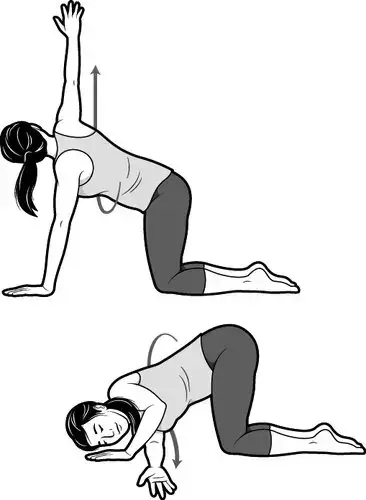
Stretching is an important activity for people with Parkinson’s disease to prevent injury and to relieve symptoms of rigidity. One should feel a slight pulling sensation with a stretch, but stretching should not be performed to the point of pain. Stretches should be held for 30 seconds and done alternating 3x per side.
- First start in a neutral position on all fours, with hands under shoulders and knees under hips.
- Next, raise your right arm toward the ceiling to open your chest and direct your gaze toward your raised hand.
- Begin to move your right raised arm under your chest toward the ground on your opposite left side, and allow the right shoulder to rest on the mat. You should feel a stretch through your right shoulder and upper back.
- Hold for 30 seconds then unwind and repeat stretch on the other side.
Arm Circles – MOBILITY

Big movements such as arm circles are recommended for people with Parkinson’s disease. The arm circle exercise is recommended to encourage blood flow to the arms and hands for climbing, and to target symptoms of the disease such as the tendency for stiff small amplitude movements. Perform this exercise 30 seconds in 1 direction, then switch to 30 seconds in the other direction. Repeat 3x.
- Outstretch the arms to 90 degrees.
- Make large circles going clockwise for 30 seconds, then reverse to counter-clockwise. Imagine you are drawing a clock with your pointer finger.
- If your arms feel fatigued during this exercise, it is recommended to take a break between directions, or to shorten the duration to 15 seconds for each direction.
Shoulder Squeeze – STRENGTH
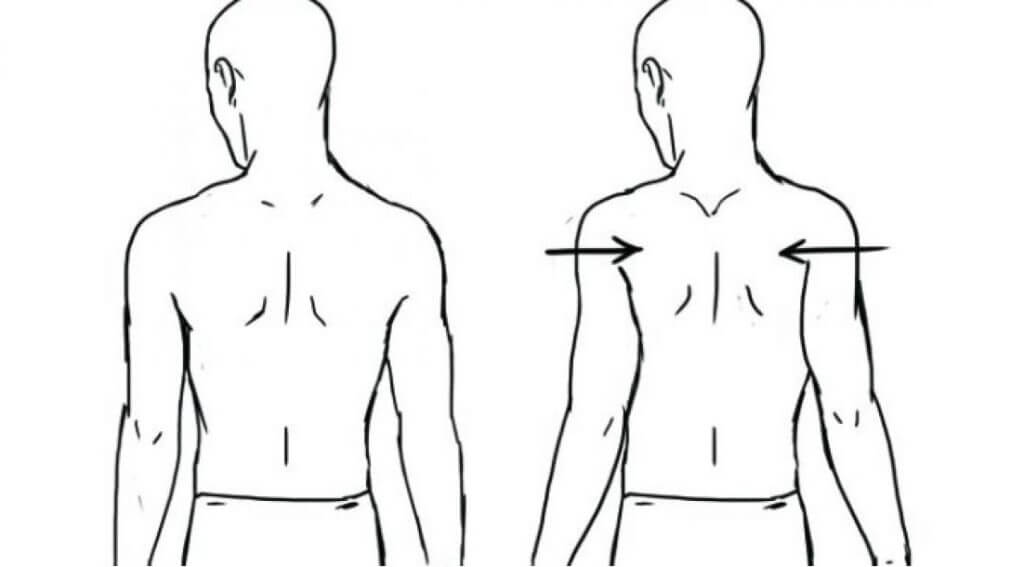
People with Parkinson’s disease often present with postural impairments. A shoulder squeeze exercise can help promote improved posture, while also working on periscapular muscle strength to prevent shoulder injuries with rock climbing.
- Stand up tall with a forward gaze and shoulders relaxed down and rolled back.
- Focus on squeezing the shoulder blades together, imagining you are pinching a sheet of paper between them.
- Hold for 15 seconds, then relax and repeat 10x.
- If 15 seconds is too difficult, start with 10 second holds.
Reaching for Holds – MOVEMENT

This exercise can help mimic the specific movement pattern of rock climbing, while in the comfort of your own home. The task of reaching for varied colored “holds” can help prevent movement freezing, by having a specific target to focus on, and can also help prevent slow and small amplitude movements by focusing on doing big reaches at a fast pace.
- Place colored sticky notes on the wall in a varied pattern.
- To practice doing large movements, reach to different colored sticky notes in a variable order, imagining you are on a bouldering wall. Try different challenges, such as reaching to sticky notes in rainbow order, having a partner call out different colors, or reaching in different designs such as a star pattern.
- Reach for 3×60 seconds, then change the sticky note configuration and repeat the exercise again up to 3 times per day.
- To make the exercise more difficult, you can hold a light weight in your hand while reaching to mimic the resistance of body weight when rock climbing.
Resources
While there is not yet access to adaptive rock climbing for individuals with Parkinson’s disease in every state, adaptive rock climbing is one of the most common adaptive sports available, and many gyms have programs for people with unique needs. Currently the Adaptive Climbing Group is the largest national adaptive climbing program in the U.S., and many volunteers are physical therapists and physical therapy students who have experience working with patients with Parkinson’s disease. If access to a climbing gym or the costs of gym membership are barriers to participation, there are many helpful online exercise videos so people with Parkinson’s disease can still participate in exercise.
Free Specialized Parkinson’s Climbing Program Near Washington, D.C.
Largest National Adaptive Climbing Group
https://www.adaptiveclimbinggroup.org/
Find Parkinson’s Support and Exercise Classes in your Area
https://www.parkinson.org/search
Online Exercise Videos for People with Parkinson’s Disease
https://www.neuropt.org/professional-resources/covid-19-resources/parkinson-diseases-exercises
References
- About Parkinson’s Disease. Parkinson’s Foundation. https://www.parkinson.org/sites/default/files/PD%20Fact%20Sheet.pdf. Published 2018. Accessed December 26, 2021.
- Frühauf A, Heußner J, Niedermeier M, Kopp M. Expert Views on Therapeutic Climbing—A Multi-Perspective, Qualitative Study. IJERPH. 2021;18(7):3535. doi:10.3390/ijerph18073535
- Steimer J, Weissert R. Effects of Sport Climbing on Multiple Sclerosis. Front Physiol. 2017;8:1021. doi:10.3389/fphys.2017.01021
- Ellis T. Physical Therapy Guide to Parkinson’s Disease. Choose PT. https://www.choosept.com/guide/physical-therapy-guide-parkinson-disease. Published July 3, 2017. Accessed December 26, 2021.
- Riebe D, Ehrman JK, Liguori G, Magal M. ACSM’s Guidelines for Exercise Testing and Prescription. 10th ed. Wolters Kluwer; 2018.
- Cruickshank TM, Reyes AR, Ziman MR. A Systematic Review and Meta-Analysis of Strength Training in Individuals With Multiple Sclerosis Or Parkinson Disease. Medicine. 2015;94(4):e411. doi:10.1097/MD.0000000000000411
- Langer A, Hasenauer S, Flotz A, et al. A Randomised Controlled Trial on Effectiveness and Feasibility of Sport Climbing in Parkinson’s Disease. npj Parkinsons Dis. 2021;7(1):49. doi:10.1038/s41531-021-00193-8
- Physical Therapy for Parkinson’s Disease and Similar Conditions. LSVT BIG. https://www.lsvtglobal.com/LSVTBIG. Accessed December 26, 2021.
- Donelan M. Learning to Soar – How Climbing Can Help People with Parkinson’s. Larson Sports and Orthopaedics. https://larsonsportsortho.com/climbing-with-parkinsons-disease/. Published March 21, 2021. Accessed December 26, 2021.
- Buechter RB, Fechtelpeter D. Climbing for preventing and treating health problems: a systematic review of randomized controlled trials. Ger Med Sci. 2011;9:Doc19. doi:10.3205/000142
- Leach SJ, Ruckert E, Aguero N, Woolstenhulme JG. Impact of Rock Climbing on Complex Tasks in Persons with Parkinson’s Disease: A Case Series. Medicine & Science in Sports & Exercise. 2017;49(5S). https://journals.lww.com/acsm-msse/Fulltext/2017/05001/Impact_of_Rock_Climbing_on_Complex_Tasks_in.86.aspx
- How Parkinson’s Disease Affects Communication. LSVT LOUD. https://www.lsvtglobal.com/LSVTLOUD#improveCommunicationSection. Accessed January 1, 2022.
About the Author
Sophie John is a Doctor of Physical Therapy student from MGH Institute of Health Professions in the Class of 2023. Sophie completed an outpatient clinical rotation in an active community including many rock climbers, and has also gained clinical experience inpatient and outpatient specializing in treatment of individuals with neurologic disorders. Outside of the classroom, Sophie is an avid adaptive sports volunteer, and has experience working with the largest national adaptive climbing program in the U.S., multiple exercise groups for people with Parkinson’s disease, and additional opportunities with people with MS, intellectual disabilities, limb amputations, and more. In her free time Sophie enjoys many outdoor activities in addition to climbing such as cross country and backcountry skiing, mountain biking, trail running, and backpacking. Sophie hopes to blend her passions for outdoor exercise and adaptive sports with her love of working with patients with neurologic conditions in her future practice. To contact Sophie with any questions or comments, please email her at sophieliajohn@gmail.com.

- Disclaimer – The content here is designed for information & education purposes only and the content is not intended for medical advice.


